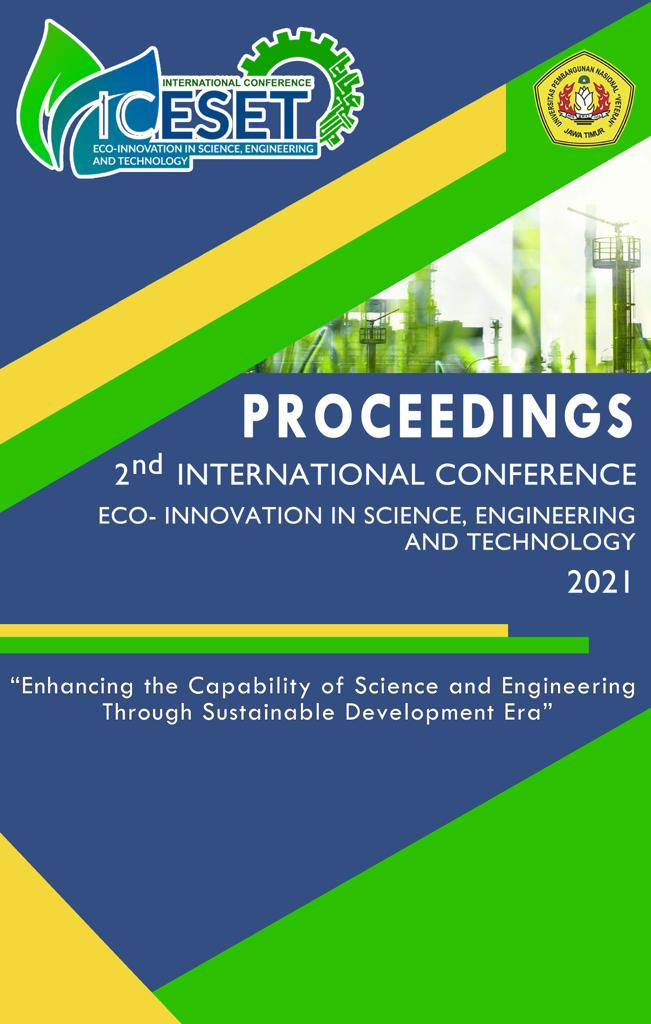The Role of Na2CO3 as Precipitating Agent in Salt Purification Process
DOI:
https://doi.org/10.11594/nstp.2021.1405Keywords:
Recrystallization, raw salt, NaCl, Na2CO3Abstract
Salt is an essential compound in life. It is used for food preservation. It is also used for health or isotonic drink, additive in soap production, dialysate, and use an infusion liquid. In the industrial sector, the minimum purity of NaCl in salt was 98.5%. Therefore, the impurities in raw salt from coarse salt should be removed to increase the purity of NaCl and increase the economic value of raw salt. The extraction and recrystallization method can separate the impurities in raw salt by adding the precipitating agent Na2CO3. The mol ratio of Na2CO3 and the stirring time were varied to optimize the weight of Ca extracted and give the high purity. The result showed that using Na2CO3 mol ratio of 1-2.5 will drastically reduce the Ca content (0.03-0.01%) in stirring time 60-150 min. The maximum purity of NaCl obtained from the extraction and recrystallization process was 98.66% using a ratio mol of 1:1 and stirring time of 150 min.
Downloads
Downloads
Published
Conference Proceedings Volume
Section
License
Copyright (c) 2021 Dwi Hery Astuti, Trista Purba, Nizar Su’udi, Sani, Reva Edra Nugraha

This work is licensed under a Creative Commons Attribution 4.0 International License.
Authors who publish with this proceedings agree to the following terms:
Authors retain copyright and grant the Nusantara Science and Technology Proceedings right of first publication with the work simultaneously licensed under a Creative Commons Attribution License that allows others to share the work with an acknowledgement of the work's authorship and initial publication in this proceeding.
Authors are able to enter into separate, additional contractual arrangements for the non-exclusive distribution of the proceedings published version of the work (e.g., post it to an institutional repository or publish it in a book), with an acknowledgement of its initial publication in this proceeding.
Authors are permitted and encouraged to post their work online (e.g., in institutional repositories or on their website) prior to and during the submission process, as it can lead to productive exchanges, as well as earlier and greater citation of published work (See the Effect of Open Access).














